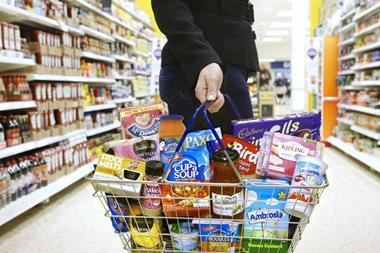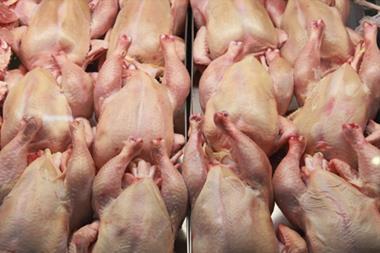Last week, the FSA board backtracked on plans to publish quarterly results for levels of campylobacter contamination in supermarket chickens. This is a worrying sign from an agency set up specifically to be independent, transparent and to put consumer interests first. It’s also a setback in tackling the root causes of the most common type of food poisoning.
The effects of campylobacter can be deadly and debilitating. The FSA’s last estimate was that 65% of chickens are contaminated, causing about 280,000 cases of food poisoning a year and 100 deaths. But unlike salmonella, campylobacter remains mysterious. Many cases are sporadic and the onset of illness can be several days after contaminated food was eaten. There’s also no sign of a vaccine.
We know that most campylobacter comes from chicken and it is a priority for the FSA, which has been working with retailers and the poultry industry to try to improve controls and bring levels down. A lot is now known about what can help reduce levels of contamination. In particular, more concerted efforts have to be made by retailers and suppliers to tighten controls and prevent contamination at every point in the rearing and processing chain.
“There’s not a huge incentive for food businesses to improve”
The problem is that this comes at a cost and while many people are unaware of the issue, there’s not a huge incentive for food businesses to improve. The FSA used Food Safety Week to tell people not to wash chicken as this spreads the bug about. But we have been relying on consumers to guard against food industry weaknesses for too long.
In recent years, there has also been a lot of focus on end process treatments, such as chlorine washes that are permitted in the US but not in the EU, as a way of cleaning up chicken at the end of the production line. More acceptable treatments, such as rapid surface chilling, are becoming available but still risk taking the focus away from improving the rest of the production process.
The FSA retailer survey was a welcome sign that the FSA was moving up a gear, ensuring that campylobacter is a retailer challenge, not just a consumer problem. As it has done so effectively over the years on issues from hygiene ratings to salt levels, the FSA gave notice that it would use the power of transparency to improve standards. Although the FSA has said it will eventually publish the results of the survey, once the methodology has been reviewed, the delay is still a disturbing step back.
Horsegate highlighted the vulnerability of food supply chains. Campylobacter is a problem we have known about for many years and it’s time for the FSA to show it can still be tough and drive improvements across the industry.
Sue Davies is chief policy adviser at Which?



















No comments yet